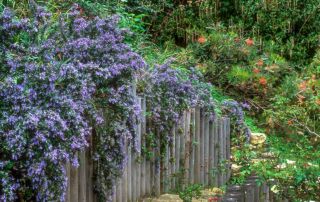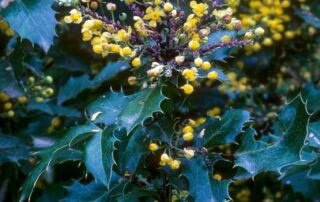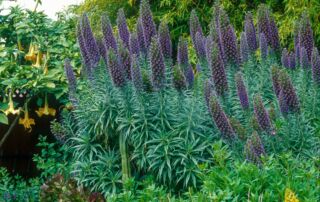Sasanqua Camellias
There was a time, not that long ago, when sasanqua camellias were less well known to most gardeners and less often grown in gardens than japonicas, but that time has surely passed. Of the dozens of sasanquas available from specialty nurseries and online, a few can even be found in the gardening sections of big-box stores. 'Yuletide' on a frosty winter morning There are many reasons for the popularity of Camellia sasanqua and its abundant offspring, especially in summer-dry climates. Most camellias do best in mild, humid climates with regular summer water, but established sasanquas, with afternoon shade








